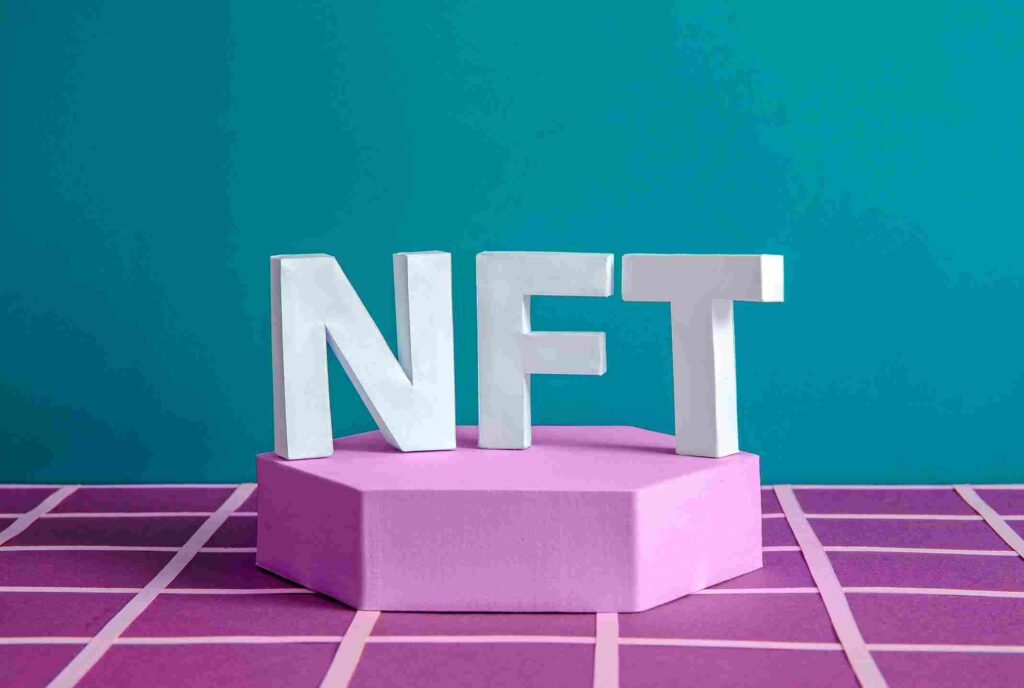Ordinals are much like NFTs (non-fungible tokens) but have some key differences. They are unique digital assets owned by individuals and stored on a blockchain. However, Ordinals have novel features that set them apart from traditional tokenized NFTs.
These transformative Bitcoin NFTs have seen explosive market growth, even as NFTs on blockchains like Ethereum have cooled off. Today, the Ordinals market is worth over $1 billion with one of crypto’s most engaged communities.

What are Ordinals?
Previously, NFTs only existed on smart contract blockchains like Ethereum, Solana, and BNB Chain – not Bitcoin due to its lack of smart contracts. But Ordinals changed that in late 2022.
Ordinals provide a system for numbering satoshis, Bitcoin’s smallest units (0.00000001 BTC). By giving each satoshi a serial number during the “inscription” process, they become unique NFTs. Images and other data can also be inscribed onto satoshis.
Each inscribed satoshi is numbered based on when it was originally mined and transferred. These ordinal numbers act as identifiers tying each NFT to its specific satoshi.
The Rise of NFTs
The first NFTs were likely the Colored Coins project in 2012, letting users add metadata to BTC transactions to create non-fungible BTC assets. It never took off but inspired the first successful NFTs on Namecoin in 2014.
Crypto Kitties sparked mainstream NFT mania in 2017 when the Ethereum project briefly clogged the network. NFT hype peaked in 2021 with multi-million-dollar sales like Beeple’s $69M digital artwork.
But as crypto entered its recent bear market, most NFT values crumbled, and their future was questioned.
Ordinals Breathe New Life into NFTs
The NFT market was struggling when Ordinals quietly launched in December 2022. By early 2023, they suddenly exploded in popularity among crypto fans seeking the next big thing.
Within 6 months, over 23 million Ordinals were created and a thriving trading market emerged. Users spent fortunes on these Bitcoin NFTs, generating over $500M in fees for miners and over 66M total inscriptions.
The craze did lead to network congestion issues at first. But like past NFT frenzies, innovative solutions like Layer-2 networks like Stacks and Merlin emerged to facilitate more efficient Ordinals trading and inscriptions.
The Unique Value of Ordinals
A key distinction from NFTs is that an Ordinal’s value comes from its inscribed artwork and the history and rarity of the specific satoshi it represents.
Some of the most prized Ordinals contain satoshis:
- Mined by Bitcoin creator Satoshi Nakamoto
- Minted at Bitcoin halving events or difficulty adjustments
- Among the earliest satoshis ever mined
Their age and significance in Bitcoin’s history enhance their collectibility and value for “rare sat” collectors.
Ordinals also improve upon NFTs technically by inscribing all data like royalties on-chain, making them more “complete” according to their creator Casey Rodarmor.
While different from NFTs, Ordinals have rekindled excitement around unique blockchain-based digital assets and collectibles. Their innovative model piggybacking on Bitcoin gives Ordinals a promising future.
Disclaimer
FAQ
Ordinals represent unique digital assets on the Bitcoin blockchain, but they differ from traditional NFTs in that each satoshi (the smallest unit of Bitcoin) receives a serial number during "inscription," making it a unique NFT. Additionally, Ordinals inscribe all data, including royalties, directly onto the blockchain, making them more complete compared to traditional NFTs.
The value of Ordinals comes not only from the artworks inscribed on them but also from the history and rarity of the specific satoshis they represent. Some of the most sought-after Ordinals include satoshis mined by Bitcoin creator Satoshi Nakamoto or minted during significant events like Bitcoin halving events, enhancing their collectibility and value.
Ordinals have revitalized the NFT market by introducing a novel approach to digital ownership on the Bitcoin blockchain. Their explosive popularity among crypto enthusiasts has created a thriving trading ecosystem, generating significant fees for miners and driving innovation to address network congestion issues. Despite their differences from traditional NFTs, Ordinals offer a promising future for blockchain-based digital assets and collectibles.


